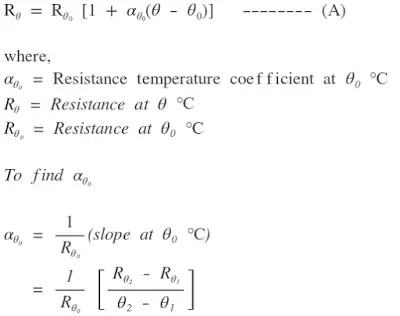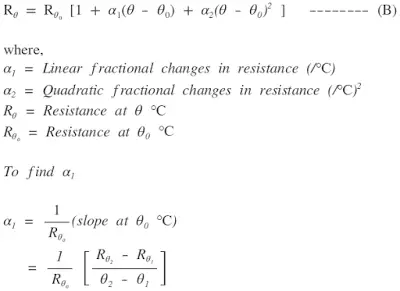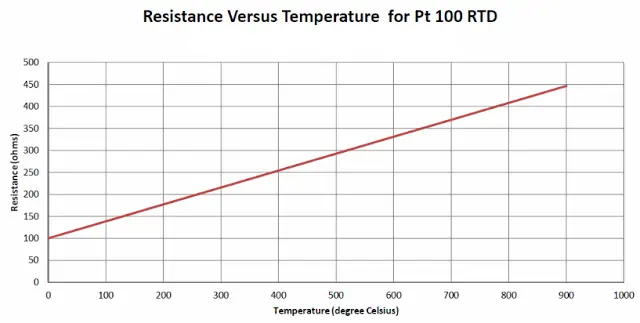Resistance Temperature Detector (RTD)
Contents
show
It is a device which senses the resistance change on account of temperature change. This property is used for measurement of temperature.
Resistance Temperature Detector (RTD) is also called as a resistance thermometer. It uses the change in electrical resistance to measure the temperature.
Construction of RTD
RTD elements consist of a length of fine coiled wire wrapped around a ceramic or glass core. A sheath probe is provided to protect this fragile element. The RTD element is made up of pure metals as given below.
Material used in RTDs
1. Platinum
2. Nickel or nickel alloys
3. Copper (occasionally used)
4. Tungsten (rarely used)
5. Gold and Silver (rarely used)
Platinum and nickel or nickel alloys are most common RTDs material.
The requirements of a conductor material to be used in RTDs are as follows
1. The material should have high resistivity.
2. Change in resistance of material per unit change in temperature should be as large as possible.
3. Material resistance should have a stable and continuous relationship between the temperature.
Properties of RTDs
1. It has good linear characteristics over a wide range of temperature.
2. It is a linear, stable, and reproducible temperature sensor.
3. RTD is a positive temperature coefficient device. This means that the resistance of the metal increases with temperature.
There are two approximations by which temperature of RTD can be calculated by variation of temperature.
Linear Approximation
It gives an equation for a straight line which gives a relationship between Resistance and temperature over a specified span of the temperature scale. The equation of a straight line is given by equation (A).
Quadratic Approximation
It gives a more accurate representation of the curve between resistance and temperature. The approximation is given by equation (B).
Characteristics of platinum RTD
Q. What are the criterions for selecting a material for an RTD?
Ans. The criterions for selecting a material for an RTD are
1. It should be Malleable to form small wires.
2. There should be a Linear relationship between resistance and temperature.
3. Repeatability and stability should be high.
4. Less Corrosion
5. It has Low cost
6. Easily available
Q. Why is platinum considered most suitable material for RTDs for most laboratory work and for industrial material measurements of high accuracy?
Ans. Platinum is the most suitable material for RTDs for most laboratory work and for industrial measurements of high accuracy because
1. Platinum has optimum characteristics for service over a wide temperature range.
2. Platinum is available in pure form and is stable under varying environmental conditions.
3. Platinum’s resistance-temperature curve is simple and holds over a wide range of temperature (-263 °C to 545 °C) with high precision.
4. Its resistivity tends to increase less rapidly at a higher temperature than for the other metals.
5. Platinum can withstand high temperature while maintaining stability.



